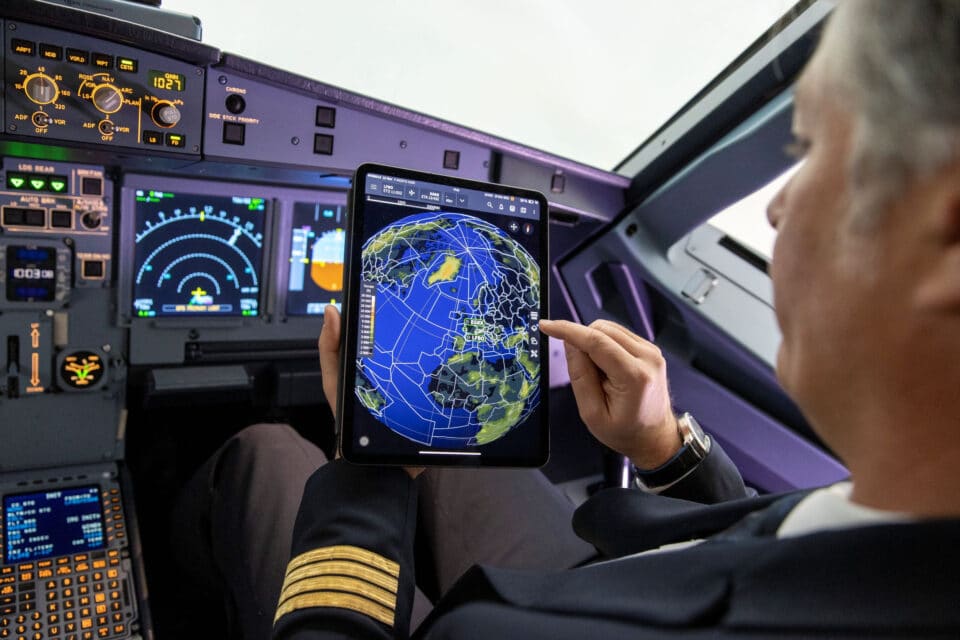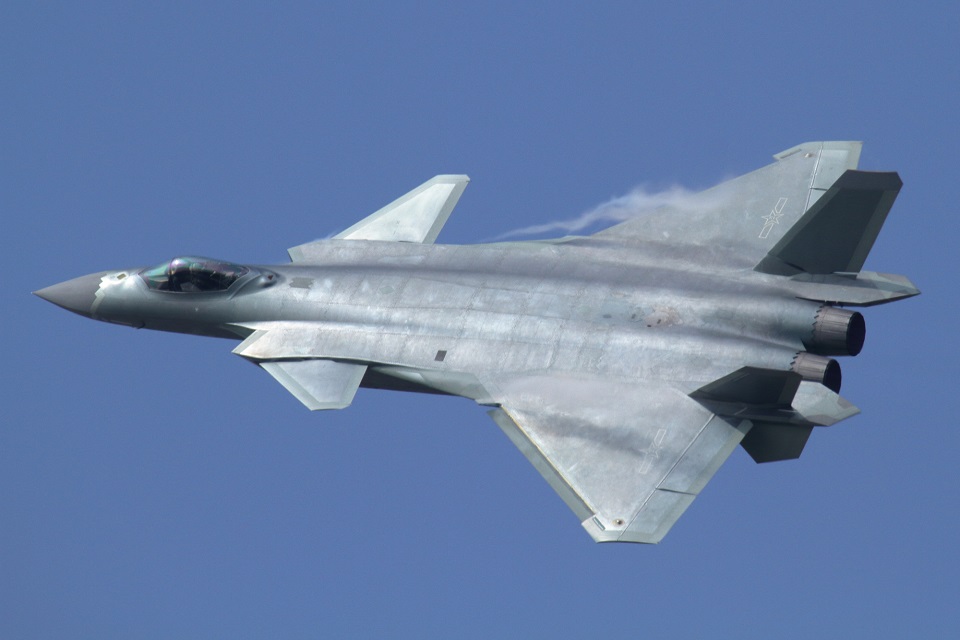Tech
Airbus launches Mission+, the first Electronic Flight Assistant that maximises flight efficiency

Dubai, 16 November 2021 – Airbus’ Flight Operations subsidiary NAVBLUE has launched Mission+, the first Electronic Flight Assistant (EFA) that provides pilots with all the data and information that they need to perform their mission, via one modular digital solution.
This mission-centric approach integrates flight management data and documentation, cockpit check-list, navigation charts and airport maps, real time weather conditions, aircraft performance data – usually only available to pilots via multiple sources.
“For us pilots, the user experience offered here compares with moving from an old mobile phone and paper diary to the latest generation smartphone,” said Airbus Pilot Captain Olivier Aspe.
Accessible through an interactive display, Mission+ is the first EFA on the market to gather all information sources together with one single point of entry. For pilots this means an integrated interface that allows quick, easy and seamless navigation.
Ka-226T Climber will make its international debut at Dubai Airshow 2021
In compiling data and information in this way, Mission+ is a significant upgrade from the current, widely used Electronic Flight Bags (EFBs) and paper on-board cockpits. Pilot workload is optimised and the overall operational efficiency for the airline is improved.
Airbus delivers first of 60 A220s to Air France
Mission+ has been developed in close cooperation with airlines from various regions around the world, incorporating their feedback. The solution ensures a flexible platform with optional modules that can be customised to airline specific requirements.

Aerospace
China’s Fighter Jets Turn Wings into Autonomous Drones

In a striking display of aerospace innovation, Chinese engineers have reportedly tested a groundbreaking “combiner” blended-wing stealth aircraft with detachable drone wings.
This transformative technology, reminiscent of fictional “combiner” Transformers, was showcased during a test flight at an undisclosed airport near the Mu Us Desert’s southern edge.
The stealth fighter, equipped with powerful twin-engine turbofans and a sleek delta-wing design, demonstrated unprecedented versatility. During the flight, segments of its wings detached, seamlessly transforming into two separate “flying wing” drones powered by electric fans.
This capability marks a significant leap in aerial warfare, enabling the fighter to deploy autonomous drones mid-flight for strategic operations.
Future stealth fighters will prioritize integration with drones
Yang Wei, chief designer of China’s J-20 stealth fighter, emphasized that future iterations will prioritize seamless integration with drones. The development includes plans for a two-seater variant of the J-20 to enhance operational coordination with unmanned aerial vehicles (UAVs), reflecting China’s strategic focus on combined arms tactics.
The next-generation stealth fighter design integrates two drones directly into the aircraft’s delta wing structure, departing from earlier attempts that fixed drones to wingtips.
This innovative “rear edge docking configuration,” connecting leading edges of the drones to the fighter’s trailing edge, enhances stability during separation. However, it poses challenges such as managing significant changes in the aircraft’s center of gravity and aerodynamic balance.
FCC-100 flight control computer ensures precise control
To address these complexities, Du’s team developed advanced algorithms capable of analyzing and compensating for disturbances like wind changes during drone separation. Both the fighter and the drones utilize the cutting-edge FCC-100 flight control computer from Northwestern Polytechnical University, ensuring precise control and maneuverability.
While specific details about the test flight date remain classified, the project signifies remarkable advancements in aircraft stability and control. These developments pave the way for practical applications in future combat scenarios.
Chinese scientists are also exploring additional technologies like plasma stealth and advanced airflow management to further enhance the capabilities of their next-generation fighters.
-

 Travel1 week ago
Travel1 week agoAir India to Expand US Operations with Three New Routes After a Decade
-

 Travel2 weeks ago
Travel2 weeks agoWhy We Should Avoid These Stamps in a Passport
-

 Airlines1 month ago
Airlines1 month agoInvestigations Reveal Fake Chinese Titanium in Boeing and Airbus Jets
-

 Tech4 weeks ago
Tech4 weeks agoChina’s CATL Plans 1,800-Mile Electric Plane Launch by 2027
-

 Airport3 days ago
Airport3 days agoTop 10 Largest Airports in the World by Size
-

 Aerospace4 weeks ago
Aerospace4 weeks agoChina’s Fighter Jets Turn Wings into Autonomous Drones
-

 Airlines4 days ago
Airlines4 days agoAir India Rolls Out A350s for Delhi-New York JFK and Newark Routes
-

 Defence3 weeks ago
Defence3 weeks agoBoeing Enhances Chinook with New Engines and Block II Upgrades at $96 Million







